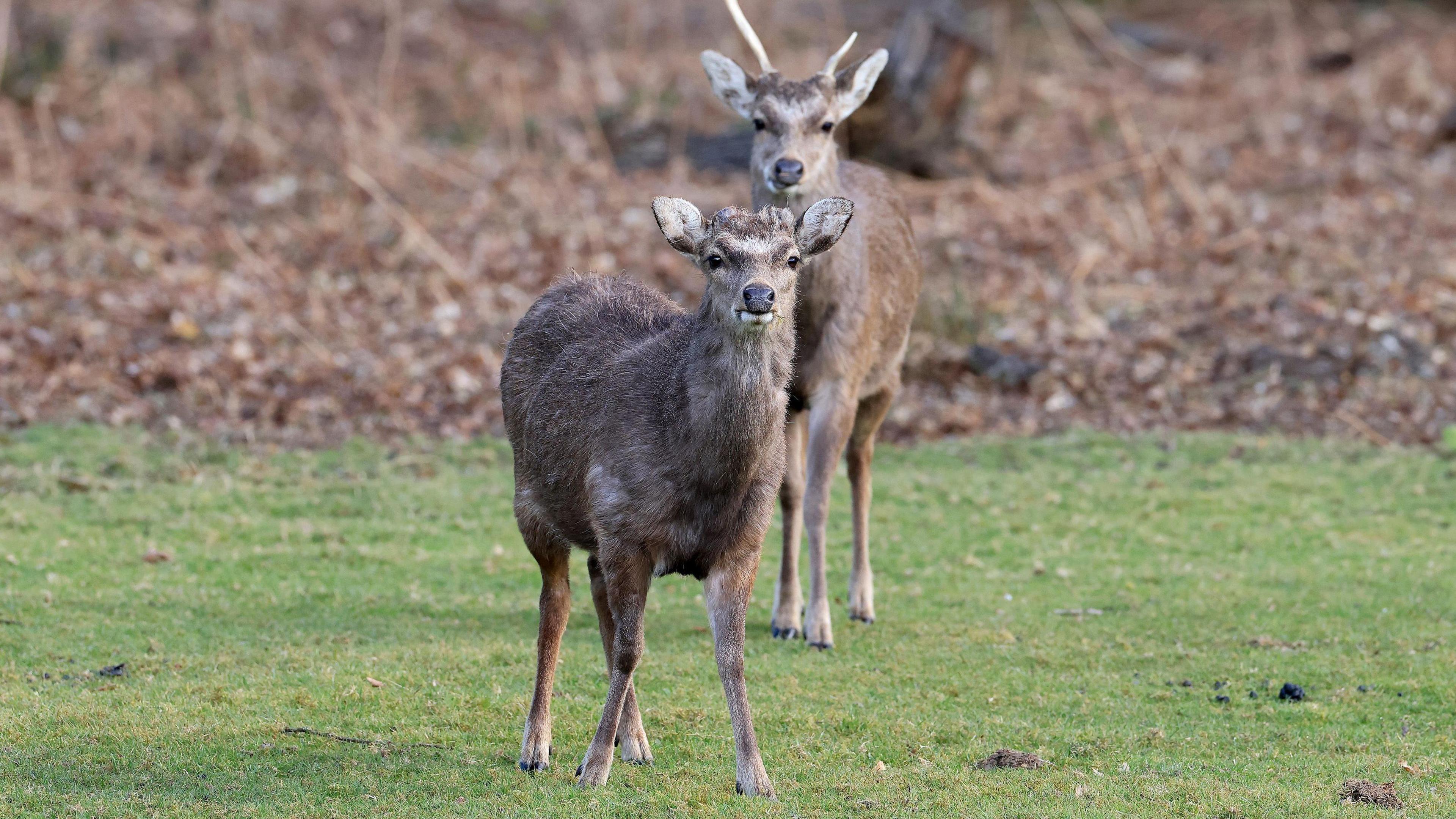Warning to drivers during deer rutting season
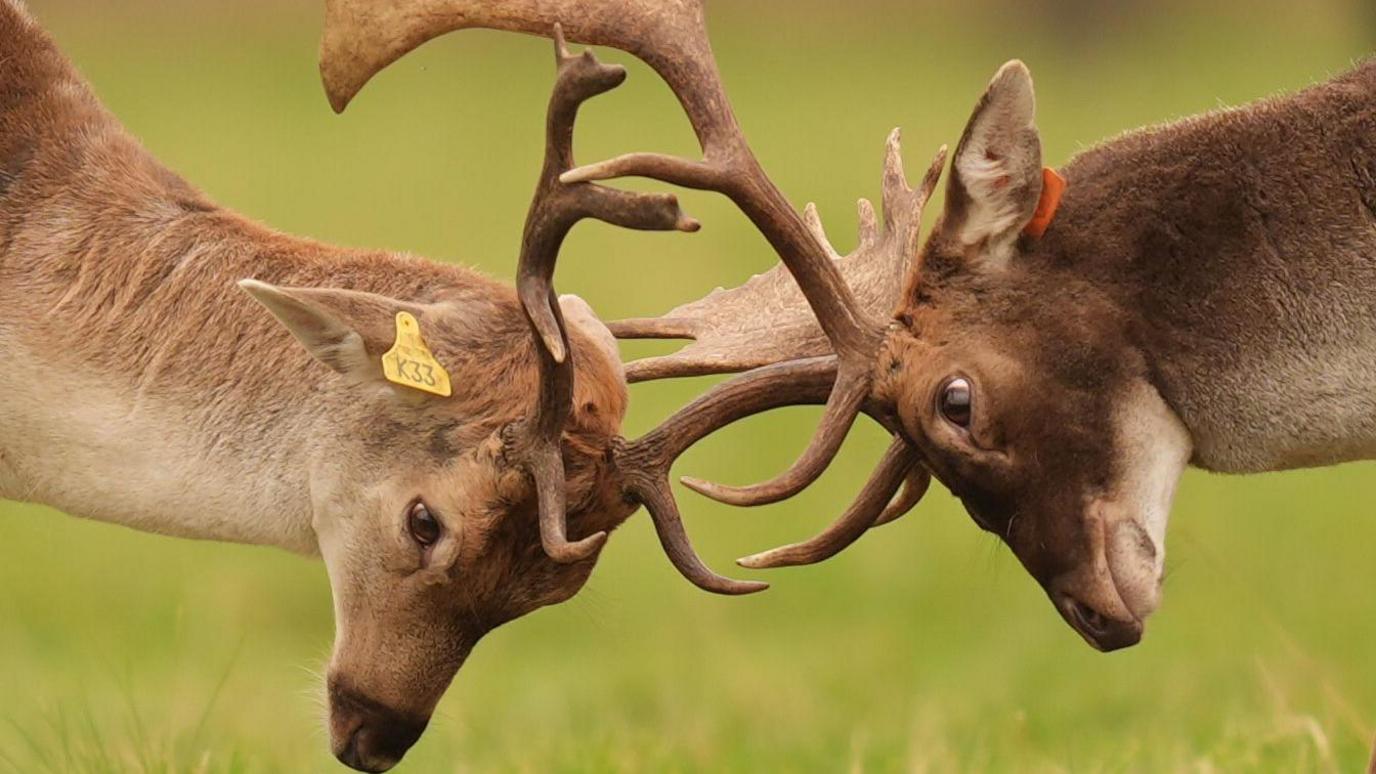
Deer in the rut are more likely to stray onto roads
- Published
Drivers in the South East are being warned to take care during deer rutting season with more of the animals expected on the roads.
A 41% increase in accidents involving deer is expected nationally, with changing hormones making deer lose focus and stray onto highways.
Figures from the AA show instances of them being hit on the road have increased by a third since 2021 with incidents "particularly prevalent" in the region.
Matt Phelps from the Knepp Rewilding project said: "At this time of year the nights are darker and roads are damper anyway and then you add into that the rut and they're just a lot more likely to run in front of your car."
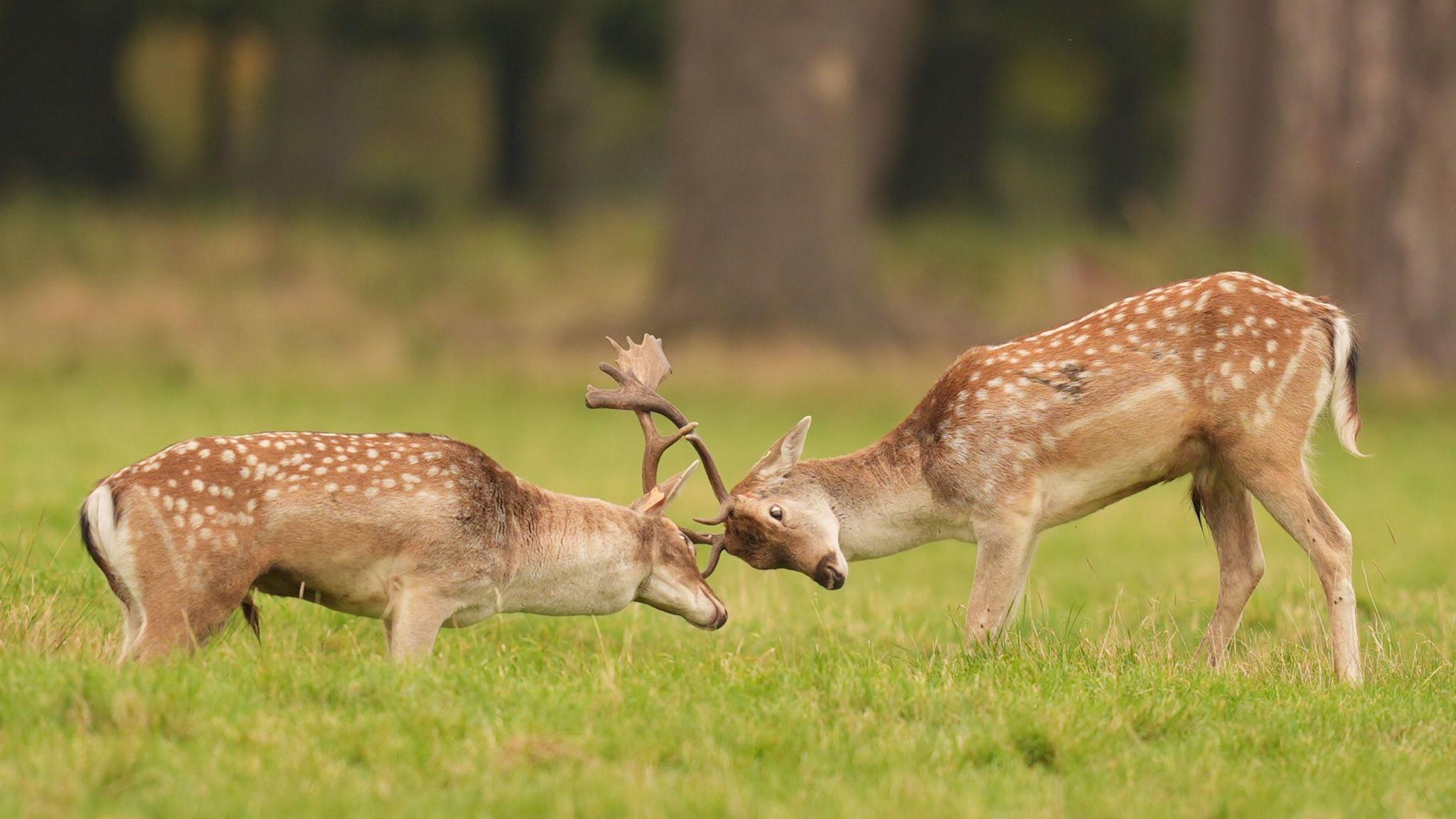
Hormones are high amongst fallow deer from mid October until early November.
Edmund King, president of the AA, said the increase amounted to more than 1,400 deer being hit.
"In the South East it's quite prevalent, areas like East Sussex, East Surrey and parts of Kent where you've got a large wooded area near a large road," he said.
The increasing deer population makes incidents more likely, which is why many conservationists use culls to control numbers in an effort to limit environmental damage and car strikes.
Some animal rights groups argue that culls are cruel and ineffective.
Nearly 900 fallow doe were culled in Ashdown Forest in East Sussex between November 2024 and March 2025, and about 170,000 meals were donated to foodbanks, community kitchens and homeless shelters through the scheme.
Mr Phelps said: "Deer are a vital part of the eco system but with no natural predators, humans have to be that apex predator.
"So with everyone thinking more about where their meat comes from, we should be eating a lot more venison now, in my opinion."
The advice to drivers is to use full beam lights where possible, to give deer the best chance to see them and to drive slower through wooded areas.
The rut season for fallow deer, England's most common species, ends in early November.
Related topics
- Published4 October
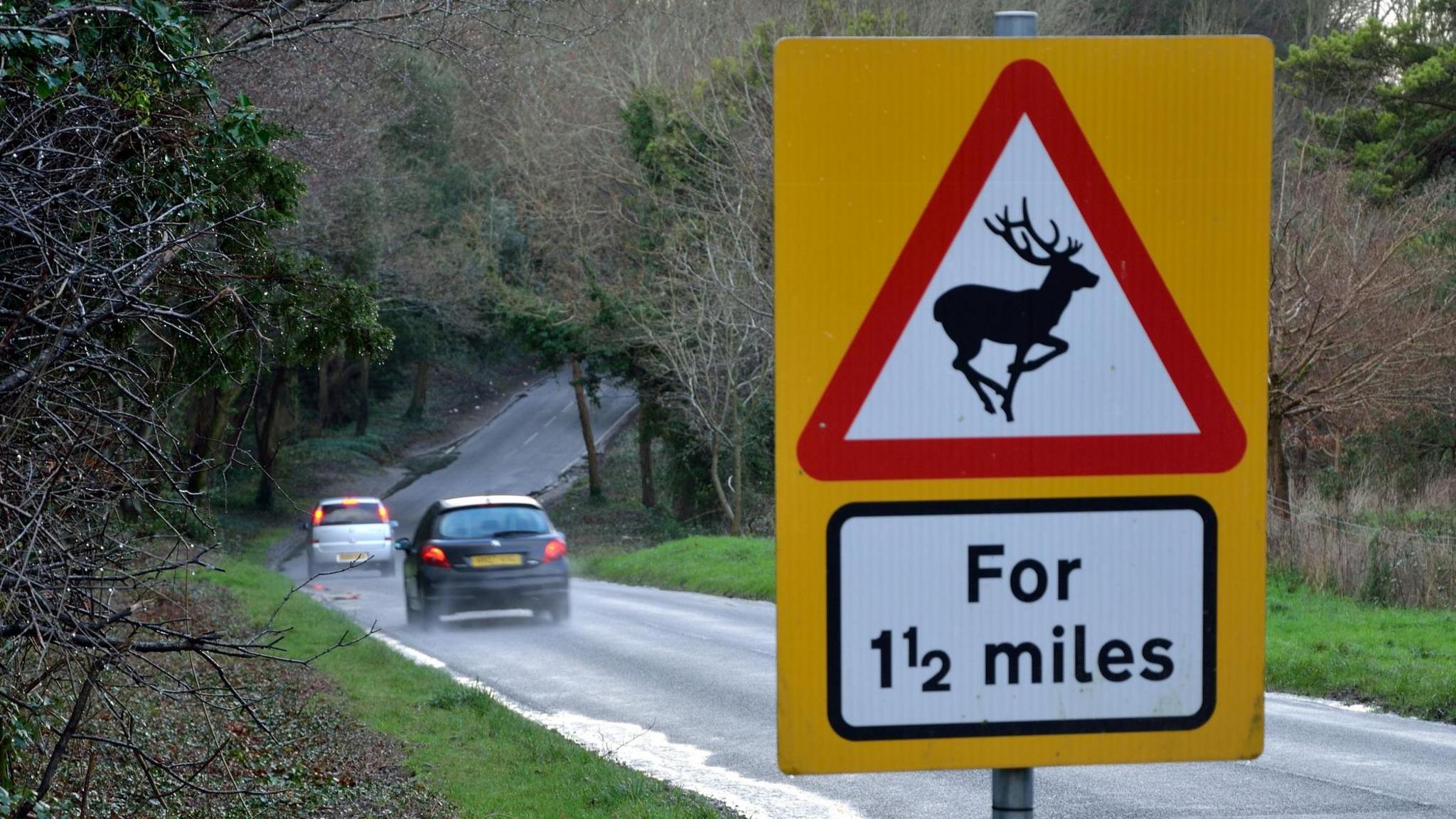
- Published8 January 2024
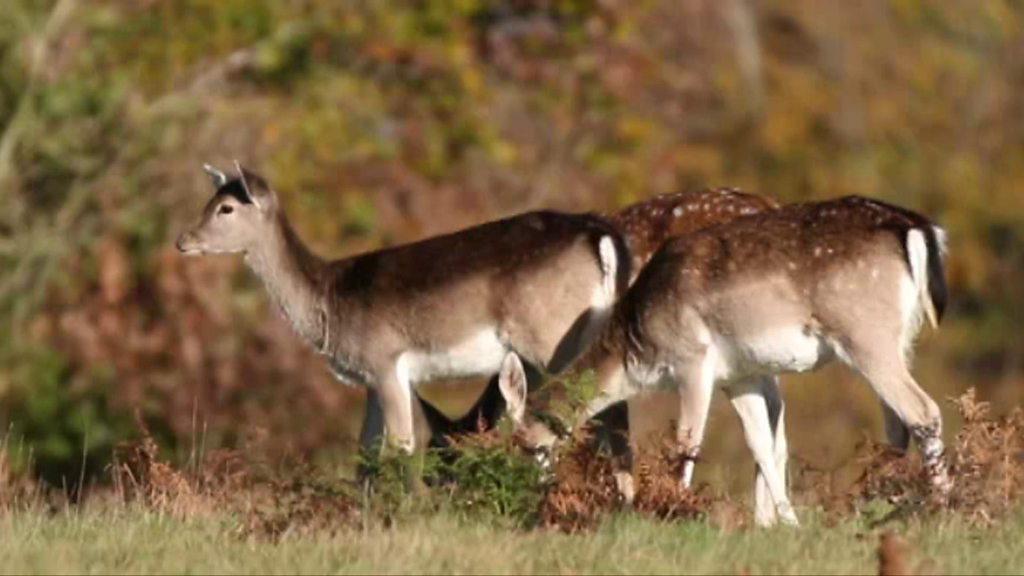
- Published19 May
